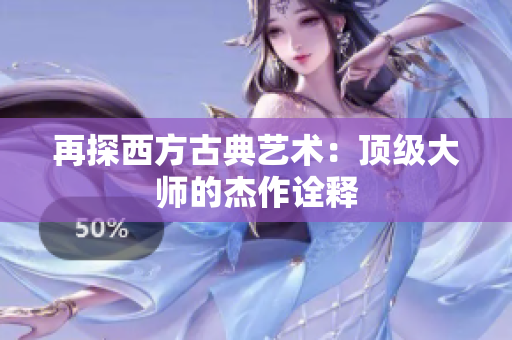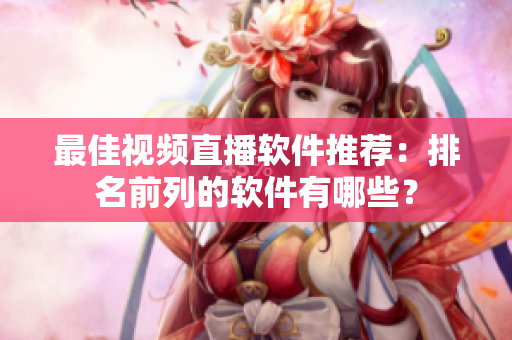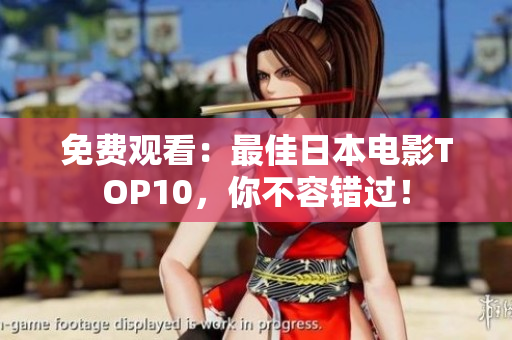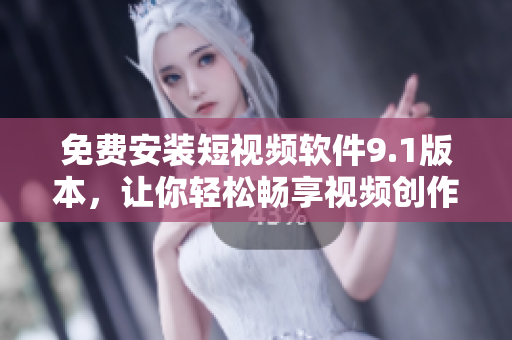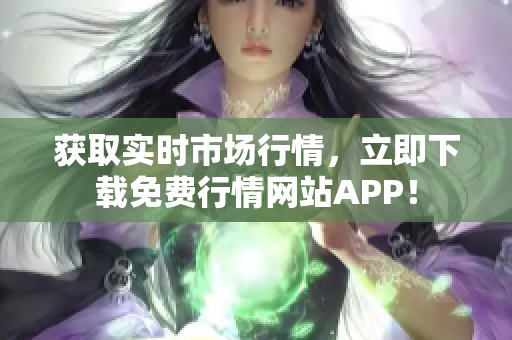Introduction
When we think of top Western works of art, we often think of classic paintings or sculptures that have stood the test of time. However, there are also many modern masterpieces that have captivated audiences around the world. Meanwhile, 5G technology is rapidly changing how we communicate and consume media. In this article, we will explore some of the greatest works of art from both the past and present, as well as how cutting-edge technology such as 5G is influencing our lives and the art we consume.
Great Works of Art
The world is filled with incredible masterpieces of human creativity, from ancient cave paintings to Renaissance sculptures to modern installations. Some of the most beloved pieces of Western art include the Mona Lisa by Leonardo da Vinci, The Starry Night by Vincent van Gogh, and the Statue of David by Michelangelo. Each of these works has captured the imagination of audiences for centuries, and continues to be beloved to this day. Meanwhile, contemporary artists such as Banksy, Jeff Koons, and Damien Hirst are pushing the boundaries of what is possible with art, using new techniques and materials to create stunning and thought-provoking pieces that challenge our assumptions about the world around us.
5G Technology
With the advent of 5G technology, we are seeing a revolution in how we consume and interact with media. 5G is the fifth generation of mobile technology, and promises faster speeds, lower latency, and more reliable connections than ever before. This means that we can stream high-quality video, engage in virtual reality experiences, and communicate with people around the world in real time - all with no lag or buffering. 5G is also enabling a whole new range of applications, from smart cities to autonomous vehicles, that promise to transform the way we live and work.
Classroom Challenges
Of course, not everyone is able to take full advantage of 5G technology yet. In many places around the world, including some parts of the East and Southeast Asia, access to 5G networks is still limited or nonexistent. This can make it challenging for students to keep up with the latest technology and stay connected with their peers and teachers. Meanwhile, in the classroom, teachers and students may face a range of other challenges, from finding time to cover all the necessary material to dealing with disruptive or challenging behavior.
The Intersection of Art and Technology
Despite these challenges, the intersection of art and technology is continuing to evolve and inspire. For example, many contemporary artists are using technology to create immersive, interactive installations that blur the boundaries between art and experience. Virtual reality and augmented reality are also becoming increasingly popular as tools for creating interactive art exhibitions and experiences. Meanwhile, social media platforms such as Instagram and TikTok are providing new outlets for artists to showcase their work and reach wider audiences than ever before.
The Future of Art and Technology
As we look to the future, it is clear that art and technology will continue to push and inspire one another. With 5G technology set to become more widespread in the coming years, we can expect to see even more exciting new applications of technology in the art world. From virtual reality to holographic projections to AI-generated art, the possibilities are endless. Meanwhile, traditional forms of art such as painting, sculpture, and literature will continue to evolve in response to changing technologies and social trends. Ultimately, the intersection of art and technology is a powerful reminder of the boundless creativity and innovation of the human spirit.

